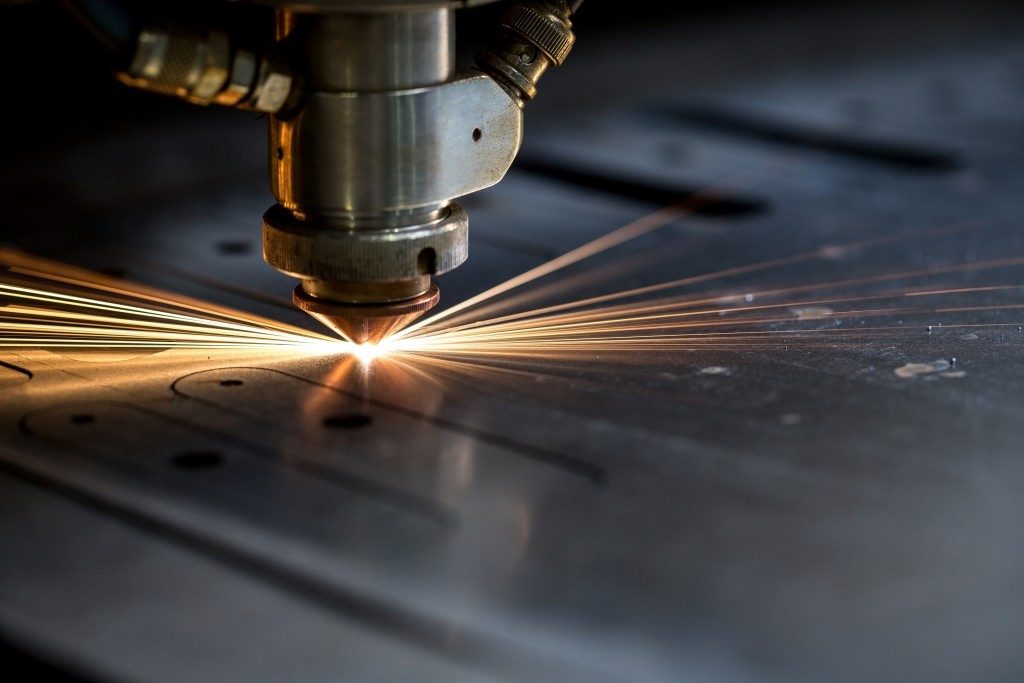A laser has for a long while been the supported instrument for making careful, incredibly solid, classy markings on objects. From the models on your kitchenware to the models on your stained-glass windows, the laser has some significant effect everywhere. The inspiration driving why people pick laser marking over strategies like doing it physically or various kinds of radiation is:
- Speed: Laser works speedily. By programming an arrangement into a laser machine, that arrangement can be reproduced rapidly. The very same thing, by a human hand, would require on various occasions that range.
- Repeatability: Watermarks, logos, normalized distinguishing pieces of proof, etc. are all security information, and making great duplicates is totally basic here. Laser replication is as slip-up-free as it gets, with botch levels unnecessarily low for even the most refined machines to recognize. Also, repeatability is consistently appealing regardless, when it isn't of such focal importance - for example, while printing anticipates dress or decoration in mass.
- Precision: A laser shaft is near two or three microns thick. A micron is a thousandth of a millimeter - to be sure, I have my assessments right. Thusly, there could be no more noteworthy instrument than laser for making fine markings on areas where exactness is absolutely significant. This is the explanation laser is used on things like dishes, clinical complete, normalized labels, enlightened control center, etc.
Till lately, in any case, laser instruments have been limited to 2-dimensional surfaces. To be sure, even this was not seen as exorbitantly fantastic as a requirement, as the best advantage of the laser was its speed, exactness, repeatability, and lastingness. As of now, a comparative careful show has been separated to consolidate 3D things, of the most convoluted shapes and changed sizes. This is where the 6-center laser comes in,6-center laser advancement joins a couple of arrangements:
- 3D separating, for one
- The use of robots to move around the workpiece allows an all the more consistent way and distance of the laser, where both the head and the material being managed are moved around to make ideal results.
- Marking lasers with vision system
- Software contraptions to allow picture wrapping, even around unpredictable and elaborate 3D shapes like lights, containers, gems, and so forth
Consequently, 6-turn lasers have become especially notable in ventures that require high-precision cutting, scratching, or marking on 3D surfaces. As by far most know now, markings these days are made by erasure as routinely as they are made by painting. Enlightened control center, for example, works by having paint in general surface, but two or three layers of paint dispensed with to make the picture on the key. Comparative remaining parts consistent for vehicle dashboards, etc.
6-center point lasers are being used in the aeronautical business too, to take out the paint from magnesium castings. Another huge usage of this advanced, cutting-edge marking development is to take out metal plating from surfaces to make awesome, complex models. For down-to-earth, compelling and gorgeously fulfilling marking advancement, there could be no more prominent choice than a laser marking system.

Excellent article. Very interesting to read. I really love to read such a nice article. Thanks! keep rocking. PEEK printer
ReplyDelete